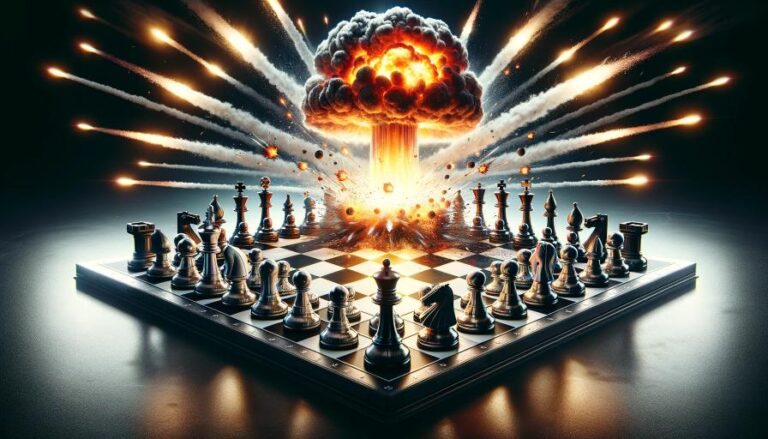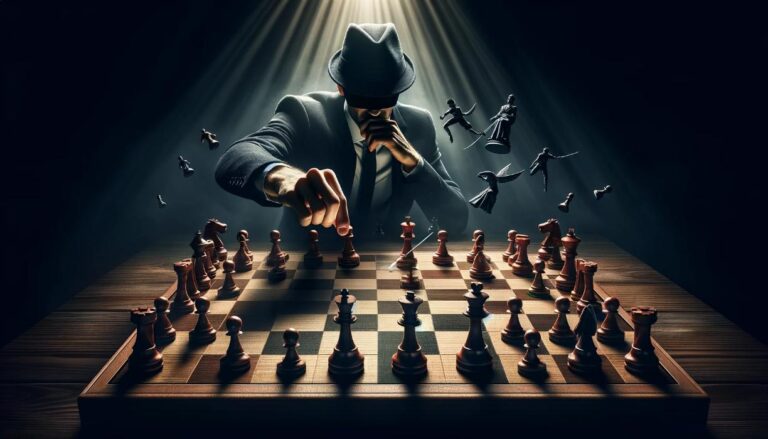Introduction
Chess is a game of strategy and foresight, where players must anticipate their opponent´s moves and plan their own moves accordingly. While there are endless possibilities and variations in a game of chess, there are also common patterns and setups that players can recognize and utilize to their advantage. In recent years, with the advancements in artificial intelligence, computers have become increasingly skilled at recognizing and utilizing these patterns. In this article, we will discuss how AI is able to recognize chess patterns and how players can also benefit from understanding and utilizing them.
Pattern Recognition in AI
One of the key components of AI in chess is pattern recognition. Through machine learning and deep neural networks, AI algorithms are trained to recognize patterns in chess positions and develop strategies based on them. These patterns can be anything from recurring formations of pieces to specific pawn structures. This ability allows AI to make accurate and strategic moves, even in complex and unfamiliar positions.
Common Chess Patterns
There are many common patterns and setups in chess, some of which are well-known and easily recognizable by experienced players, while others may be more subtle and require a deeper understanding of the game. Let´s take a look at a few of these patterns and how they can be utilized in a game.
A fork is a type of attack where a single piece simultaneously threatens multiple enemy pieces. This is a powerful tactic, as the opponent must choose which piece to save, leaving the other vulnerable to capture. The knight is especially adept at creating forks, with its unique L-shaped movement allowing it to attack two pieces at once.
The Pin
A pin is a similar concept to a fork, but instead of threatening multiple pieces, it restricts the movement of a single enemy piece. This can be achieved by placing a more valuable piece in front of the enemy piece, making it unable to move without leaving its own pieces vulnerable.
The Wall
In chess, a wall refers to a formation of pawns that are lined up next to each other, creating a barrier that is difficult for the opponent to break through. This can provide valuable protection for the player´s pieces and also act as a launching point for attacks.
Utilizing Chess Patterns in Gameplay
Recognizing and utilizing chess patterns is a skill that every player can benefit from. By understanding common patterns and their advantages, players can plan their moves more strategically and set up potential traps for their opponents. Additionally, by studying and learning from AI´s use of patterns, players can improve their own gameplay and stay ahead of their opponents.
Conclusion
In conclusion, AI has greatly enhanced the understanding and utilization of common chess patterns. Through pattern recognition and analysis, AI is able to make calculated and strategic moves, often surpassing human players in skill. However, players can also learn and benefit from studying these patterns and incorporating them into their own gameplay. By understanding and utilizing chess patterns, players can elevate their game and stay one step ahead of their opponents.







